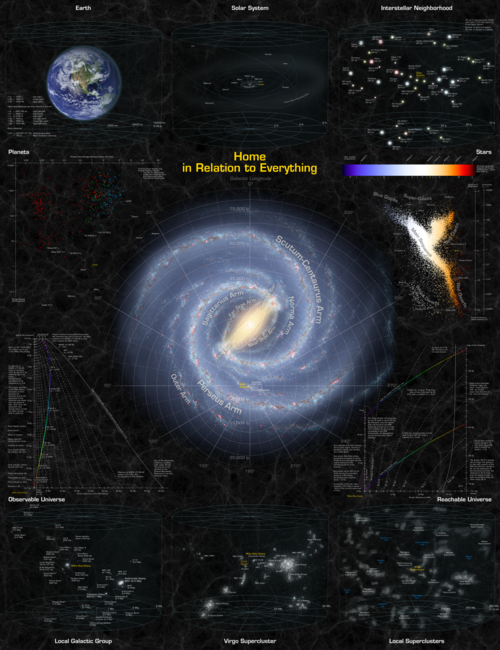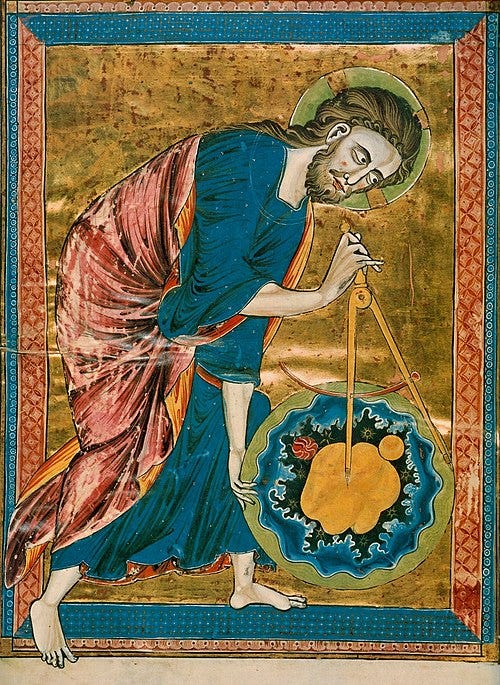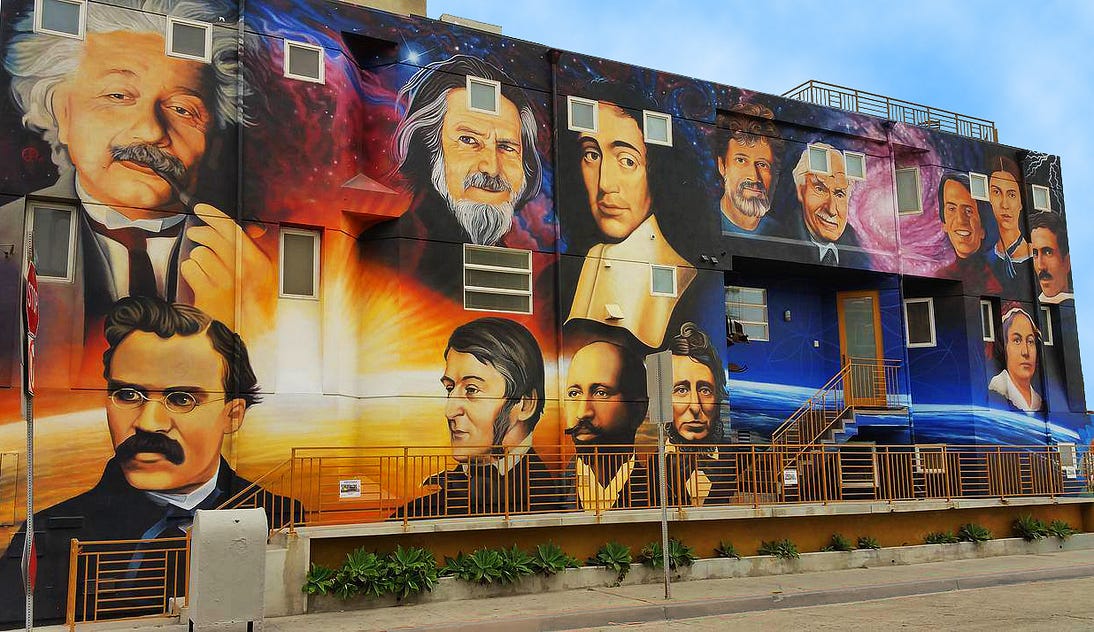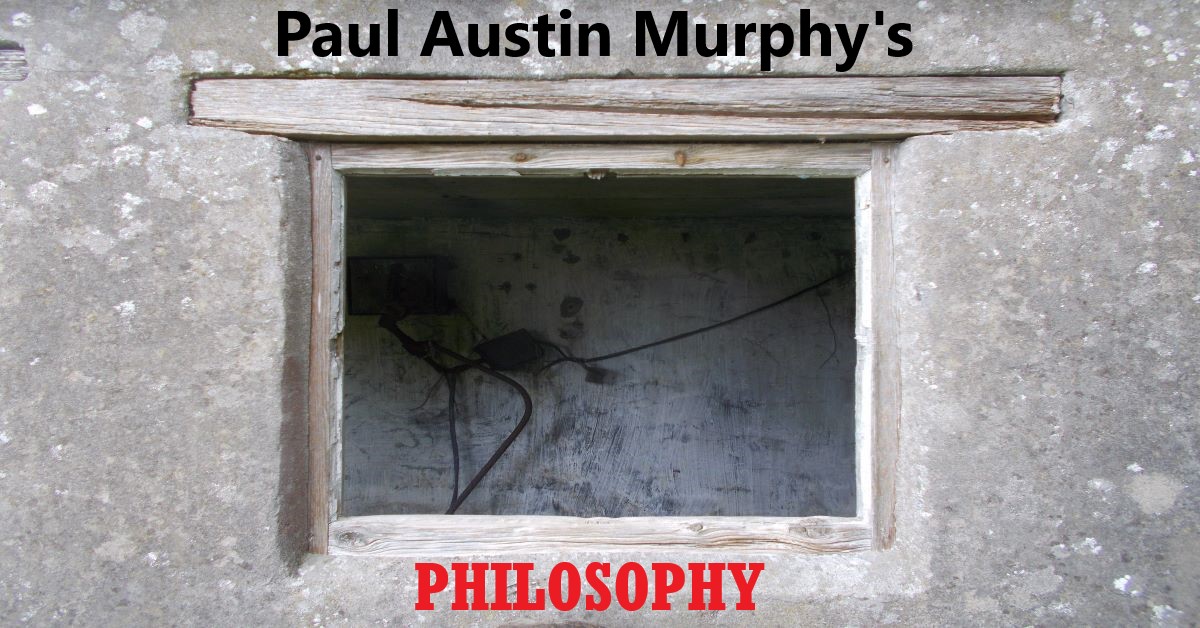The central argument in this essay is that the theoretical physicist Paul C. W. Davies believes that he’s moved beyond (what he often calls) “conventional religion” into the realms of his very own religion of physics and physical cosmology. What’s more, the evidence provided for this conclusion can be found in his own words.

The title of this essay may seem to some readers to be clickbait or deliberately provocative. So it needs to be explained straight away.
The central claim is that the theoretical physicist Paul Davies sees physics (alongside physical cosmology) as a religion. More accurately, he sees his own physics as a religion. However, this isn’t a religious physics that has anything to do with those religious and “anti-materialist” critics who believe that scientists treat science as a religion without really knowing that they do so. Nor is this essay about those physicists who’re supposed to have “faith in physics” or who believe in “non-empirical theories”. Indeed, Davies himself accuses other physicists of “taking science on faith”.
So does Davies’s strategy amount to the following position? -
If both religion and science are based on faith, then why shouldn’t physicists make the faith elements of their own physics both stronger and more explicit?
Of course, Davies and others may say that there’s no such thing as “religious physics” — there’s only physics. In a certain sense, that’s true. However, what we’re really talking about here are the interpretations (or philosophies) of physics, not physics itself. (This is parallel to the many interpretations of quantum physics.)
So, if the title is clickbait, then Davies’s own claims are clickbait because he is honest and open about his own take on physics. For example, take the following passage:
“It struck me then that the best way to answer not only the puzzle of free will but all the Really Big Questions of existence was not through religion but theoretical physics.”
And then comes the clincher:
“So theoretical physics became, in a sense, my religious quest, the best hope I had of making sense of the world and my place within it.”
Davies then offers his readers some autobiographical details to make sense of all this. He tells us that he
“flirted with conventional religion in my midteens but found it disappointingly shallow, the answers either too glib or else incomprehensible”.
Davies even uses the language of a prophet of guru when he says that he was “born to be a theoretical physicist”. Then, in the following passage, he also comes clean about what drives him:
“There has always been something deep inside me — a sort of restlessness, verging on a sense of destiny — that drives me. It’s a feeling of being drawn inexorably toward the serene heart of existence, a compulsion to search for hidden meaning in the universe, along with a conviction that meaning is in fact out there, lying just — but only just — within my grasp.”
Apart from writing in extremely portentous terms (as well as his honest and detailed acknowledgement of his psychological motivations), Davies believes that he knows that the universe has a meaning. Yet, if the “meaning is in fact out there”, then he’s not searching for something that may exist: he’s searching for something which he (already) believes does exist. Not only that: Davies claims the meaning of the universe is within his own grasp.
Making Sense of Davies Making Sense of the World

If we backtrack to the quotes above. Physics has nothing to say about “making sense of the world”. It has nothing to say about our “place within it” either.
Paul Davies doesn’t mean physical sense, or the sense that physics may provide about the laws, and fundamentals of the universe. His sense is a meta sense — i.e., something over and above anything that can be offered by physics alone. Instead, it’s something that can be supplied only by religion or philosophy. Indeed, it’s something that’s supplied by Davies’s own religious physics.
Of course, Davies and physicists generally can use the theories and findings of physics to make sense of the world and their place within it. Yet physics alone will never provide us with meaning or the sense of place within the universe which Davies so desires. (Most physicists would argue that the universe has no meaning — at least not in the sense desired by Davies.)
In any case, “the meaning of the universe” is an idée fixe of Davies. Readers will loose count of the times he uses that phrase in his many books. Davies admits this when he tells his readers that theoretical physics was “better suited [to his] temperament and conformed to [his] long-standing quest for meaning”. He then jumps forward in time and expresses his current position:
“Like most scientists, I still look at the world with wonder and ask myself, ‘What’s it all about?’ One day I’ll know.”
It’s true that “most scientists” look at the world with wonder. However, they rarely also ask, “What’s it all about?” This isn’t a phrase that they’d use. That said, even if some physicists do use it, then it wouldn’t have the same meaning to them as it does to Davies himself. This is because the aboutness that Davies desires cannot be found in physics itself (or physics alone). However, Davies believes otherwise.
“Occult” Mathematical Physics

Like a true (neo)Pythagorean, Paul Davies stresses mathematics.
Firstly, he asks his readers the following question:
“How is it, indeed, that we can capture the workings of nature using human mathematics?”
This is a question (even if not expressed in precisely the same way in which Davies expresses it) that’s been asked by many physicists over the years. However, it’s what Davies draws from this that’s interesting, and which divulges his religious leanings too. Indeed, Davies deliberately expresses himself in a religious language.
For example, Davies tells his readers that he “came to see the equations of theoretical physics as the universe’s hidden subtext”. Then the language is upped a little when Davies adds the following words:
“By learning the arcane language and procedures of mathematics, I could access an occult world of forces and fields, of invisible subatomic particles and subtle interactions.”
Here again, what Davies says is not too out of tune with what non-religious physicists say (i.e., apart from the addition of the words “occult world”). As before, it’s what he adds to this that’s of interest.
Davies also tells us that he
“felt as if I had been inducted into a secret society, where by following a set of special rules I could unveil an alternative reality — in fact, a deeper level of reality, which somehow came closer to the soul”.
There’s nothing wrong with Davies using metaphors and poetic phrases. However, he does far more than offer his readers a literary prose style. Indeed, he freely confesses — many times — that he’s doing more than that.
As a quick example, the words “closer to the soul” can be simply interpreted as Davies writing in a literary style. Yet I don’t believe that it’s only that.
Part Two
“Religious Physics”?

I didn’t make up the term “religious physics”. It already exists. Indeed, religious physics can take on many forms and come under various names.
In some detail. In his own religious physics, Davies focusses on fine tuning, the laws of the universe and even evolution, rather than on, say, quantum physics and consciousness.
The following description of religious physics (also called “theophysics”) perfectly describes Davies’s own position on physics:
“In philosophy, theophysics is an approach to cosmology that attempts to reconcile physical cosmology and religious cosmology. It is related to physicotheology, the difference between them being that the aim of physicotheology is to derive theology from physics, whereas that of theophysics is to unify physics and theology.”
Oddly, the either/or option above doesn’t seem to work for Davies because it can be argued that he’s attempting to “unify physics and theology” too.
More specifically, Davies’s position is very close to those who believe that they can deduce their religion (or theology) from the existence and nature of the physical world itself.
It was said that the paragraph above perfectly describes Davies’s position — with one big (or small) exception! That exception is that Davies says that he doesn’t believe in God…
But hang on here. Davies both does, and does not, believe in God. So, as it stands, it depends on exactly which God is being talked about. [See here.]
Davies and God

Paul Davies isn’t a Christian. He’s not a follower of any other conventional religion either. Davies even says that his belief in a “directional principle” is a “far cry from the God of traditional monotheism”. Yet the argument in this essay is that Davies is still religious. So, sure, Davies’s “cosmic purpose” may well be a far cry from the Abrahamic God. However, it’s not a far cry from other notions of God, or from the beliefs of other religions dating back well over two thousand years.
Davies’s position also squares fairly well with the position of “theistic evolution”, in which it is held that God acts through the laws of nature, which also includes evolution. Yet, in his case, God is the laws of nature, etc. (See a Muslim scholar classing Davies as a “pantheist” here.) Consequently, one position Davies certainly won’t accept is what’s called “interventionism”. This is the position that has it that God can intervene in the natural world, and by so doing actually break the laws of nature.
In any case, Davies is certainly attempting to “reconcile physical cosmology and religious cosmology” — just not with what he often calls “conventional religion” (or with conventional religious cosmology).
As already stated, Davies says that he doesn’t believe in the conventional God. Thus, the “God of the gaps” won’t have any appeal to him. What’s more, none of the quotes in this essay suggest that Davies is speaking in terms of the God of the gaps.
For example, Dr Brandon Rickabaugh wrote the following words:
“Paul Davies, for example, entertains the hypothesis that ‘the universe has engineered its own self-awareness through quantum backward causation or some other physical mechanism yet to be discovered.’ ‘In this way,’ says Davies, ‘the universe could both create itself and steer itself toward its destiny.’”
Now let Davies speak for himself:
“[My religious physics] builds purpose into the workings of the cosmos at a fundamental (rather than an incidental) level, without positing an unexplained pre-existing purposive agent to inject purpose miraculously.”
Paul Davies put his own teleological position in the following way too:
“[T]he bio-friendliness of the universe arises from an overarching law or principle that constrains the universe/multiverse to evolve towards life and mind. It has the advantage of ‘taking life seriously’, treating it neither as a completely unexplained bonus [] nor as a mere passive selector [].”
So it’s almost as if what is found in physics (or in the universe itself) is all that Davies needs. Of course, this may seem like a brand of pantheism to many. More clearly, while it can be said that Davies isn’t a strict pantheist, he does argue that the laws of physics aren’t actually an expression of an external (conventional) God. Instead, the laws of nature constitute God. Or, less abstractly, the universe itself is God.









No comments:
Post a Comment